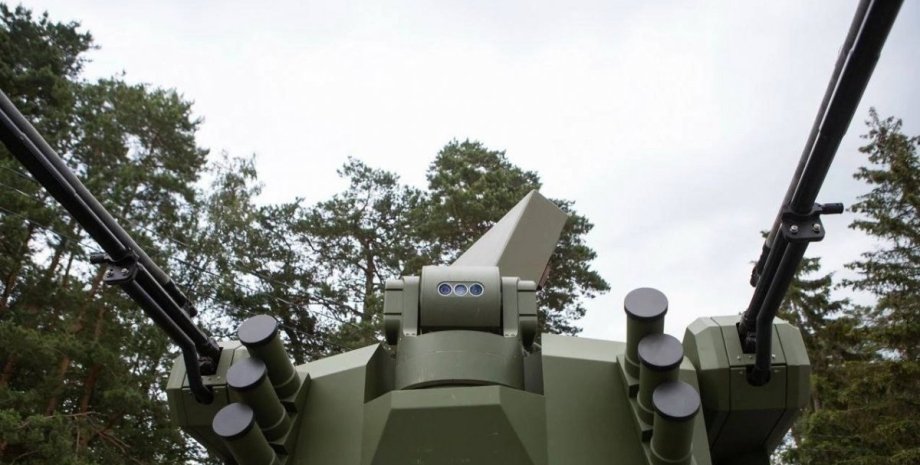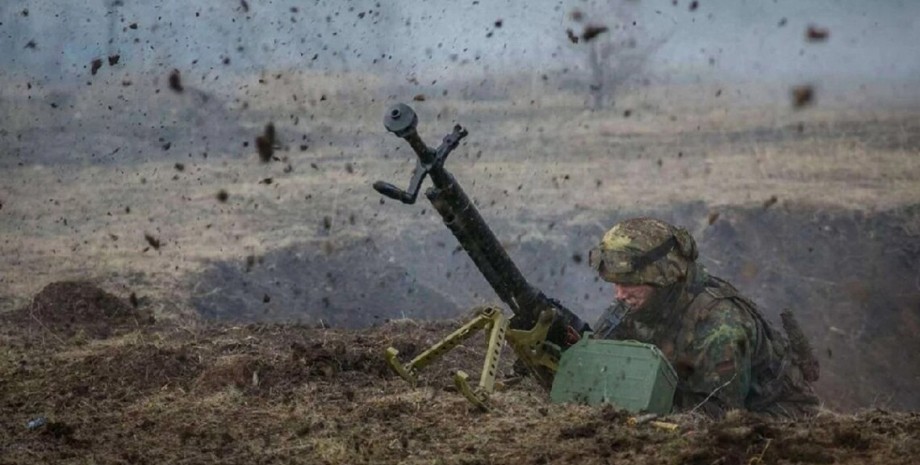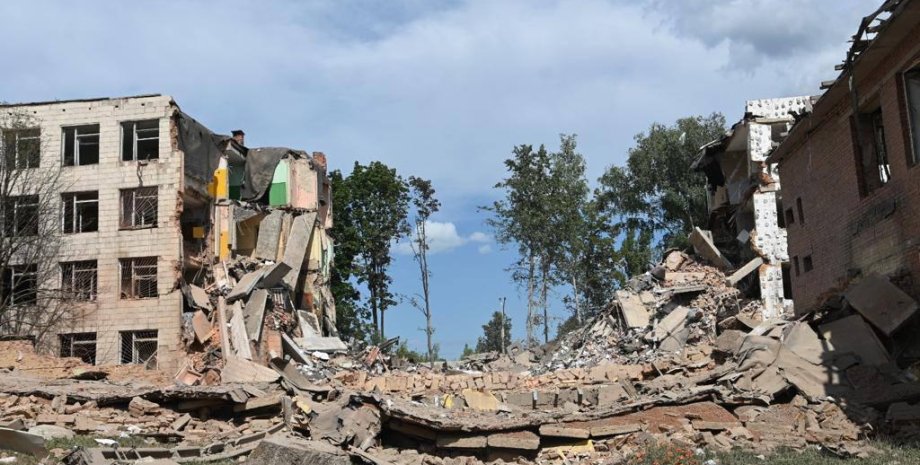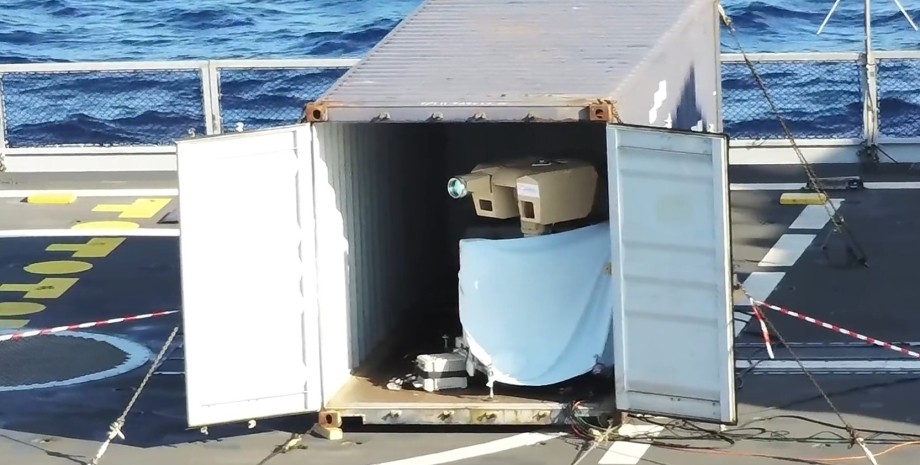
 By Natali Moss
By Natali Moss
In 2024, the main trend of Ukrainian blows was the systemic destruction of oil and gas objects of Russia: refinery, depot, oil pipelines, pumping stations. The BBC -News Russian studies recorded at least 81 drones on oil infrastructure in 2024. According And the Caspian Policy Center has counted 61 strikes of 24 Russian refineries since the beginning of 2024, 40 of which have led to long fires or destruction.
At the beginning of 2025, Ukraine was changing priority in Russia and now under the sight of military -industrial and defense plants, including those that produce shock drones of Shahad type. Focus tells why Ukraine has changed the tactics of Russian strikes in the rear and why the destruction of the refinery went to the second plan. According to military-political expert Dmitry Snegirev, the main purpose of the change is to make mass production of UAVs.
"Today, strikes are directed primarily at the production of drones - both shock and reconnaissance. It is part of a large -scale campaign, which aims to disrupt the growth of Russian production of drones. It is critical, given the message of Russian media and Western analysts: Russia is potentially capable of launching. Air Force, so many threatens with collapse, "says Focus Snegirev. The production of drones-interceptors in Ukraine is only announced.
And the cheapness of Russian UAVs (about $ 30-40 thousand) in combination with the high cost of intercepting them (for example, the NASAMS rocket worth more than $ 100,000, Patriot missiles - up to $ 8 million) creates an inadmissible imbalance. Therefore, production infrastructure is a preventive measure that allows you to keep the threat at the start. "Strokes are made by enterprises that produce both" geranium-2 "," geranium-3 "and UAVs using optic fiber.
This is one of the advantages of Russians, which has become a serious challenge for Ukraine's defense forces. Several preschool punches of GUR drones, "the expert continues. Similarly, GUR drones were killed by Kronstadt enterprises in the Moscow region, which is also engaged in UAV production. Russia was forced to recognize damage to production facilities and even a partial stop of the enterprise. The plant in Saransk was also affected, producing fiber - the only one in the Russian Federation.
This optic fiber is used in FPV. In response, the Russians are already looking for the possibility of placing such industries in China to protect them from Ukrainian attacks. It is worth mentioning separately the blows of enterprises that produce UAV batteries - this is another key link in the technological chain of drone production.
Also attacked by factories that produce the means of counteraction to the Ukrainian IU (radio electronic struggle), as up to 40% of Russian drones cease functioning through the Ukrainian IEP. The Russians took this into account and began to modify their UAVs, change their characteristics to reduce vulnerability to HRs and mobile fire groups. "Until recently, mobile groups destroyed up to 40% of enemy drones, but now UAVs began to attack the heights that are unattainable for them.
This reduced the efficiency of such groups and has become a serious challenge. The statistics of the General Staff confirms: the number of drones that reach the goals, and the growth of Ukraine. Snegirev says. However, according to the expert, no one stopped blows on the refinery: recently burned the oil depot in the Stavropol region. This is a striking confirmation that the impact on the refining infrastructure continues.
"About the refinery: to completely disable such an enterprise, it is necessary to destroy 100% equipment, preferably imported. And this is difficult, because Russian air defense works intensively. Drones capable of punching air defense, expensive. To hit one refinery, sometimes start several dozen expensive drones. Aviations.
According to Snegirev, even if Ukrainian drones do not hit the target, they still force the Russians to carry some losses and it already has their effect, even Russian TV channels recognize it. Moreover, there are versions that Zelensky presses on Russia by blows to force Putin to withdraw troops from Kharkiv region. "If even conspiratorists recognize the effectiveness of this tactic, then it is painful for the Russian Federation.
According to the Russians, Sheremetyevo Airport is on the verge of bankruptcy. After the transport collapse, the Minister of Transport Roman Stavoit, who soon committed his life, is evidenced by the Ukrainian. Russian Federation, "the expert is sure. According to Snegirev, it is almost impossible to strike in places or launchers. The enemy launches drones from dozens at the same time - 20-30 drones for each. Starting installations are mobile, hidden, can be in containers.
They move quickly and, as Ukraine receives information, they have already changed their place. It is extremely difficult to track this in real time. "These are not stationary installations, as in the case of ballistic missiles. To destroy one point of start, it is necessary to attack dozens of drones. It is costly and difficult. It is more logical and cheaper - to destroy the factories where these drones are made.
This is an explanation of the change of tactics: to beat not on arrows, but to those who shoot. " We will remind, on the night of July 29 drones attacked the Rostov region of Russia, where under the blow were objects of railway infrastructure. As a result of the attack, heavy fires have risen, and the authorities reported in particular the defeat of the Salsk railway station.










All rights reserved IN-Ukraine.info - 2022